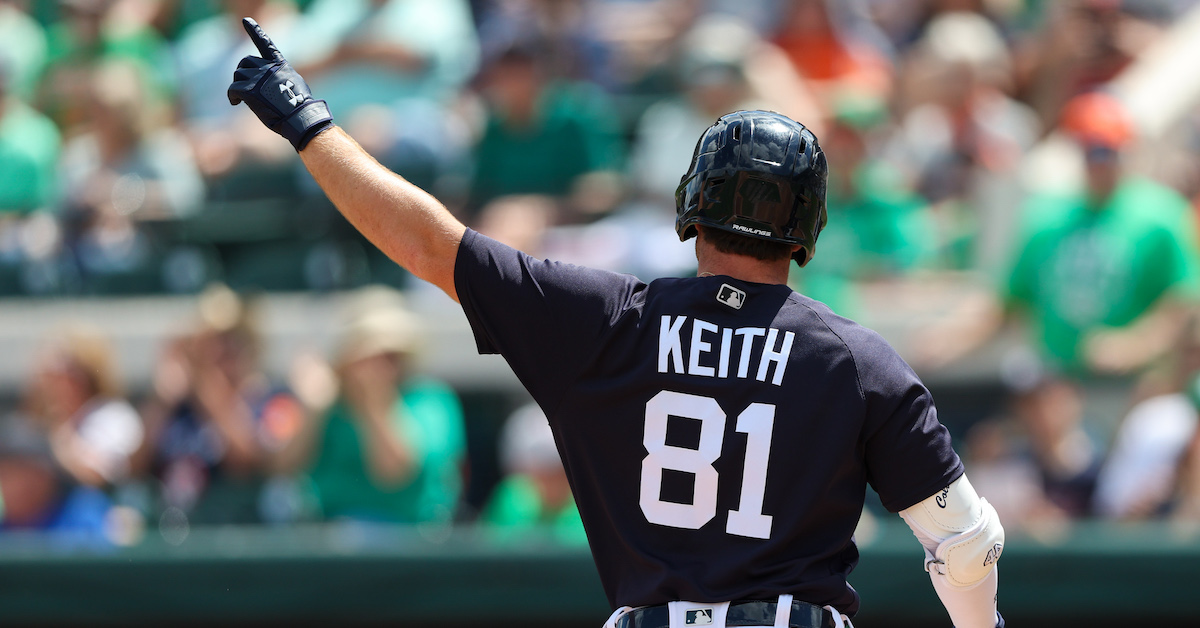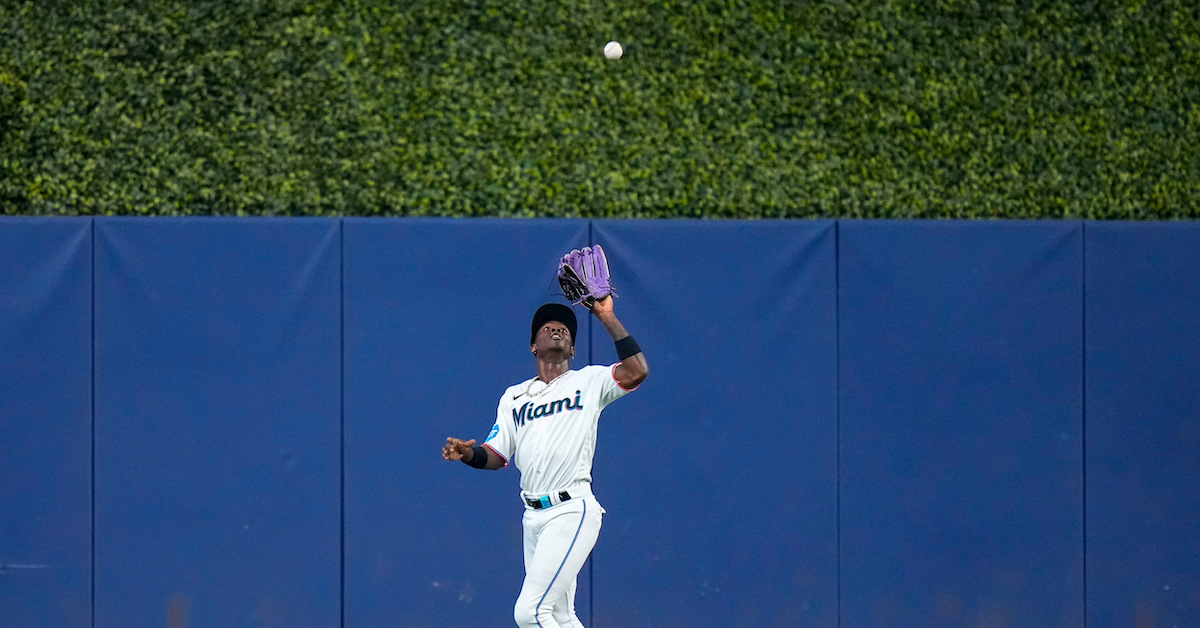After Dominating Yankees, Drew Rasmussen Becomes the Latest Rays Starter Felled by Injury

On Thursday night, Drew Rasmussen baffled the Yankees, holding them to just two hits in seven scoreless innings and only getting to a three-ball count once; he didn’t walk anybody while striking out seven. Within 24 hours, however, the Rays all but announced that the 27-year-old righty’s season was in jeopardy, placing Rasmussen on the 60-day injured list with a flexor strain and putting yet another damper on the team’s hot start.
Indeed, it was just about a month ago that the Rays lost another starting pitcher. Jeffrey Springs had allowed just one run in 16 innings over three starts while striking out 24 before he was sidelined by what was initially identified as ulnar neuritis and then diagnosed as a flexor strain, though it turned out he needed Tommy John surgery as well, knocking him out for the remainder of the 2023 season. Read the rest of this entry »








